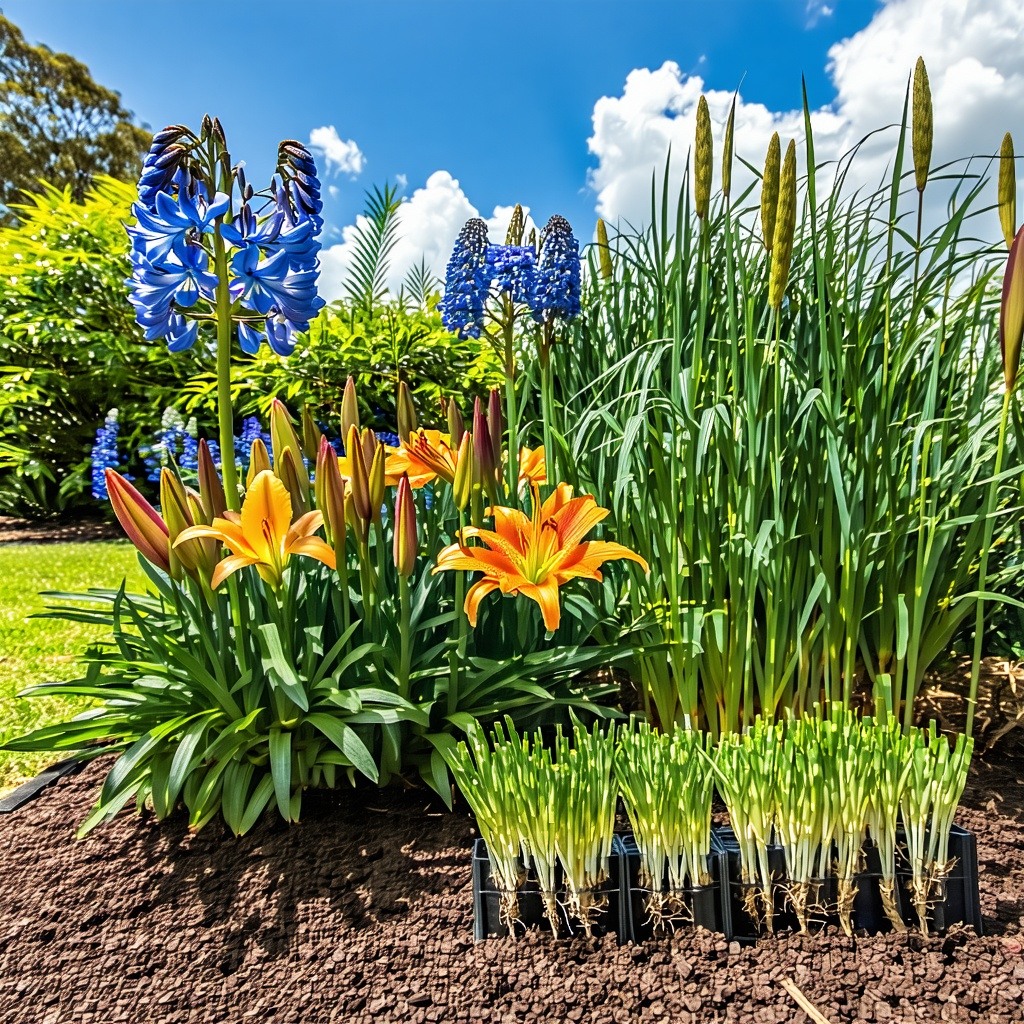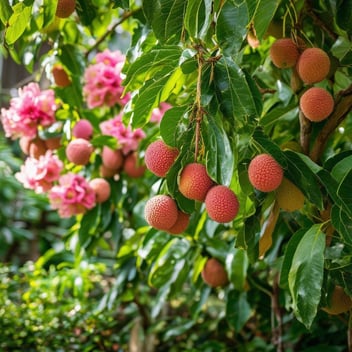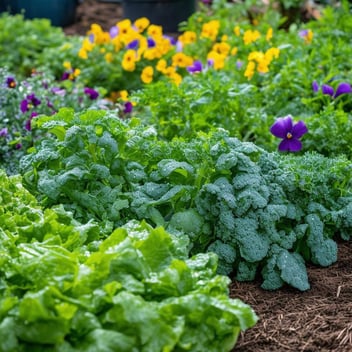Dividing Perennials: Rejuvenate Your SEQ Garden the Smart Way
Introduction
Perennials are the backbone of many gardens, offering enduring beauty and structure. In South East Queensland (SEQ), with its unique subtropical climate, perennials can thrive year-round. However, to maintain their vigor and prevent overcrowding, periodic division is essential. This practice not only revitalizes the plants but also provides gardeners with additional specimens to expand their landscapes.
Understanding Perennial Division
Perennial division involves separating a mature plant into multiple sections, each with its own roots and shoots. This method serves several purposes:
-
Rejuvenation: Over time, perennials can become congested, leading to diminished flowering and vitality. Dividing them alleviates competition for nutrients and space, promoting healthier growth.
-
Propagation: Division offers an economical means to multiply plants, allowing gardeners to populate other areas of their garden or share with fellow enthusiasts.
-
Size Control: Some perennials have a propensity to spread aggressively. Regular division helps in managing their footprint within the garden.
Optimal Timing for Division in SEQ
Timing is pivotal when it comes to dividing perennials:
-
Autumn Division: In SEQ, autumn presents favorable conditions for dividing perennials. The soil remains warm, encouraging root establishment, while cooler air temperatures reduce transplant stress.
-
Spring Division: Alternatively, early spring, just as new growth emerges, is suitable for dividing certain species, especially those that bloom later in the season.
It's advisable to avoid dividing perennials during peak summer months, as elevated temperatures can exacerbate transplant shock.
Identifying Candidates for Division
Not all perennials require regular division, but signs that a plant may benefit include:
-
Reduced Flowering: A noticeable decline in blooms can indicate overcrowding.
-
Center Dieback: When the center of the plant becomes barren or dies out, it's a sign that division is needed.
-
Overcrowding: Plants encroaching upon neighboring specimens or exhibiting stunted growth suggest it's time to divide.
In SEQ, perennials such as agapanthus, daylilies, dietes, liriope, and ornamental grasses are prime candidates for division.
Step-by-Step Guide to Dividing Perennials
-
Preparation:
-
Choose a cool, overcast day to minimize plant stress.
-
Water the plant thoroughly a day prior to division to ensure it's well-hydrated.
-
-
Digging Up the Plant:
-
Using a spade or fork, dig around the perimeter of the plant, starting approximately 10-15 cm away from the base to avoid root damage.
-
Gently lift the plant from the ground, preserving as much of the root system as possible.
-
-
Dividing the Clump:
-
Shake off excess soil to expose the roots.
-
Depending on the root structure, separate the plant:
-
For fibrous-rooted plants like agapanthus, use two forks back-to-back to pry apart sections.
-
For fleshy-rooted plants like daylilies, a sharp knife may be necessary to cut through the crown.
-
-
Ensure each division has at least 3-5 healthy shoots and a robust root system.
-
-
Replanting:
-
Plant divisions promptly to prevent roots from drying out.
-
Position each division at the same depth as the original plant.
-
Water thoroughly after planting to settle the soil and eliminate air pockets.
-
-
Post-Division Care:
-
Apply a layer of mulch around the base to retain moisture and regulate soil temperature.
-
Monitor the plants regularly, ensuring consistent moisture during the establishment phase.
-
Common Challenges and Solutions
-
Transplant Shock: Wilting or yellowing post-division can occur. Mitigate this by ensuring divisions are well-watered and protected from direct sun until established.
-
Poor Root Development: If divisions fail to thrive, it may be due to insufficient root mass. Always ensure each division has an adequate portion of roots.
-
Disease Transmission: Using unclean tools can spread pathogens. Sterilize equipment before and after use to maintain plant health.
Conclusion
Dividing perennials is a judicious practice that rejuvenates plants, enhances garden aesthetics, and offers an economical means to propagate favorites. For SEQ gardeners, understanding the nuances of timing and technique ensures that perennials continue to flourish in the subtropical climate. Embrace this method to maintain a vibrant, healthy, and ever-expanding garden sanctuary.




